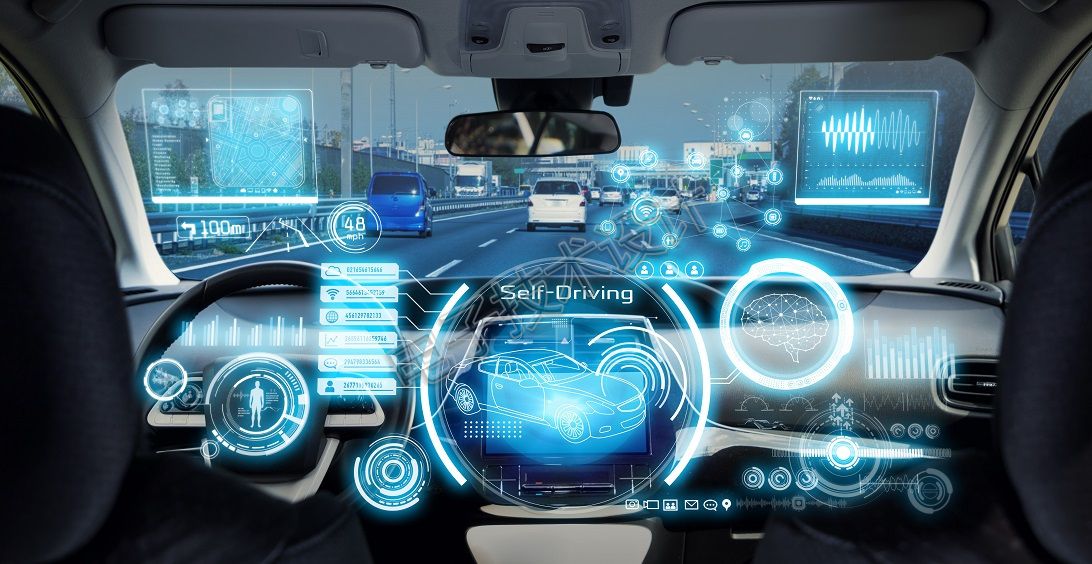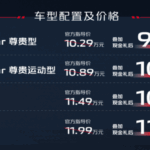Automotive electronics are increasingly becoming software-defined systems.
Looking back over the last 50 years, among all mass-produced products, the automobile has been the most complex because it contains mechanical, electromechanical, and electronic systems. In recent years, automotive electronic systems have become more advanced, replacing mechanical and electromechanical systems, and continue to evolve.
In nearly all vehicles, the amount of software embedded in electronic devices is growing rapidly, even if by small increments. Many articles claim that advanced cars contain over 100 million lines of software code. While the exact composition of these 100 million lines remains unclear, such data would be highly valuable. There is no doubt that automotive electronics and software will continue to develop rapidly, driven by advancements in driver assistance systems (ADAS), connectivity, cybersecurity, autonomous driving, and other emerging features.
Little has been said about strategy, segmentation, key technologies, and other critical aspects of automotive software. There is a significant difference between hardware and software that can impact the overall success of a vehicle.
Over the past two decades, automotive software has come a long way. In the 1990s, cars primarily relied on embedded software to control electronics and basic infotainment systems. Despite increasing complexity, embedded systems rarely exceeded a million lines of code. Automotive OEMs and their Tier 1 suppliers developed their own embedded systems.
This changed in the late 1990s. As infotainment and embedded navigation systems grew in capability, complex software required an operating system (OS) to manage it. High-tech operating systems, including NX, Green Hills, Wind River, and Microsoft, entered the automotive software space. In the last decade, open-source software like Linux has also gained prominence in automotive applications.
The “Build-Make-Market-Use” Concept
Figure 2 illustrates the differences between automotive hardware and software, with the four phases applicable to any product or industry. “Build” refers to the product development and design stage; “Make” covers production, including component costs, manufacturing expenses, and supply chain logistics; “Market” involves promotional activities, sales channels, and distribution—essentially all efforts to deliver the product to customers. The fourth phase, “Use,” is particularly long in the automotive industry.
The “Build-Make-Market” concept was widely used in the 1970s and 1980s. Later, the “Use” phase was reintroduced. This framework has been applied to analyze various automotive segments, including software, battery electric vehicles (BEVs), 3D printing, and more.
Hardware Phase
The top of Figure 2 highlights key aspects of automotive hardware across the four phases. The “Build” phase defines the functions of electronic devices, which are playing an increasingly prominent role. The semiconductor industry provides the most critical hardware components and will continue to do so at scale. The hardware ecosystem, including development systems and design tools, is becoming more important, especially processor platforms in automotive electronics. The “Build” phase for automotive hardware costs millions or tens of millions of dollars, but with hundreds of thousands of units produced, the per-vehicle cost remains relatively low.
The “Make” phase is the most expensive due to the cost of electronic components (the Bill of Materials, or BOM), supply chain management, manufacturing equipment, and labor. Overall, electronic components account for only a small fraction of a vehicle’s total cost, yet the “Make” phase continues to grow in expense. The total cost of electronic hardware in a car typically ranges from $3,000 to $8,000, with luxury models costing even more.
The “Market” phase varies by component and system type. In most cases, hardware reaches automotive electronic systems through Tier 1 suppliers.
Hardware features increasingly influence vehicle sales. Functions that rely on hardware indirectly impact sales. Emerging features like ADAS, cybersecurity hardware, upgradable hardware, and autonomous driving capabilities will see wider adoption in the future.
The “Use” phase of a vehicle typically lasts 10 to 15 years, sometimes longer. This long lifespan demands high hardware reliability to minimize OEM and supplier costs, including recalls. The aftermarket parts sector sees significant opportunities during this phase, especially post-warranty. Traffic accidents also create business opportunities, as damaged electronic




